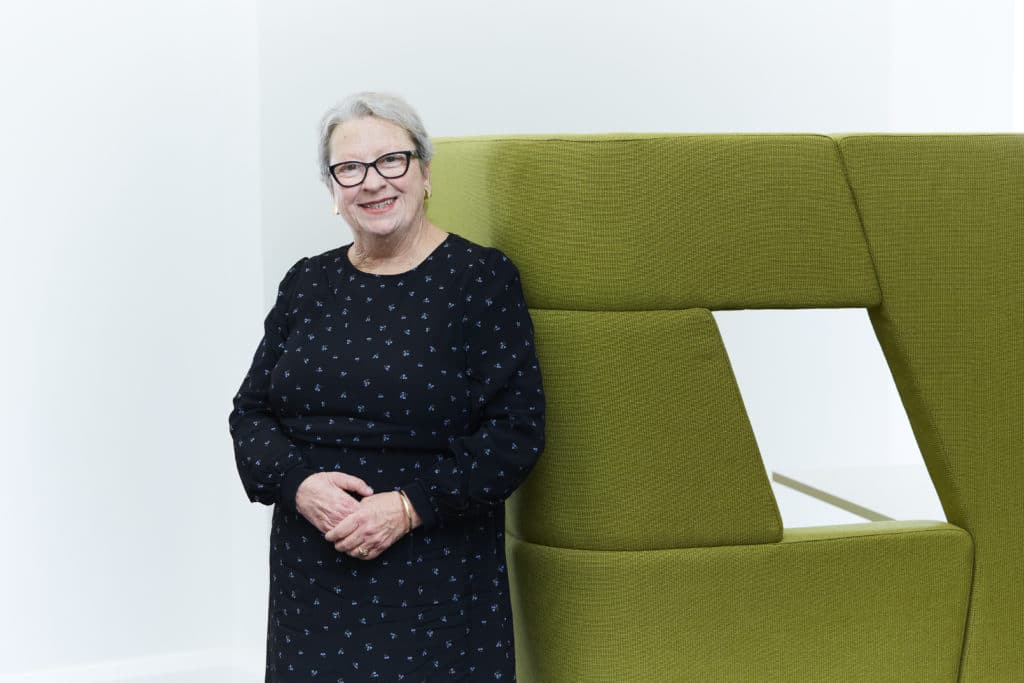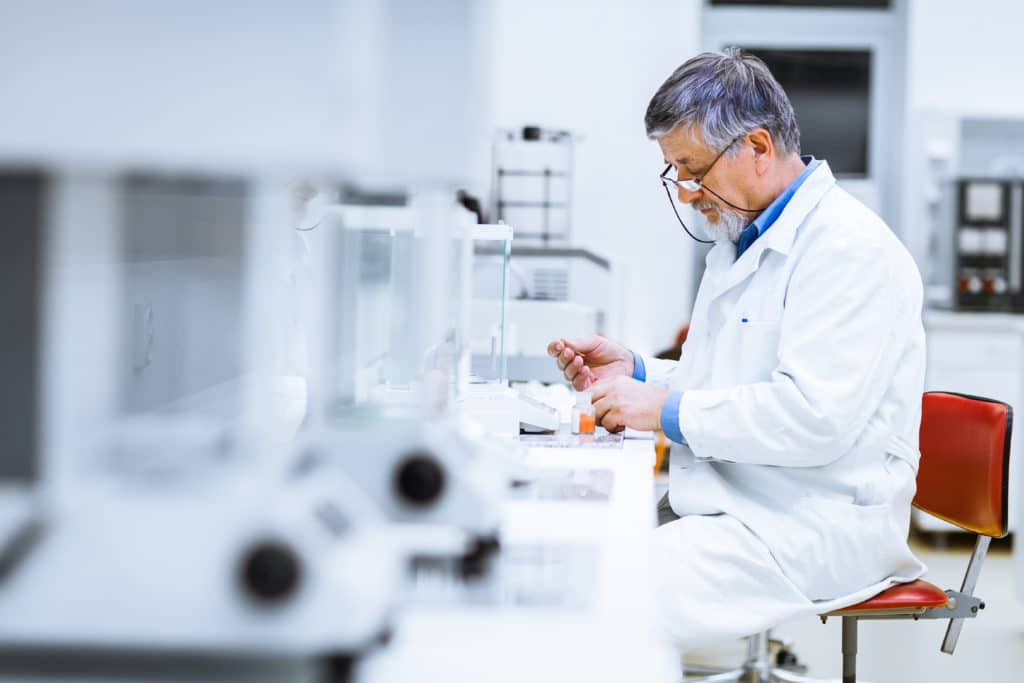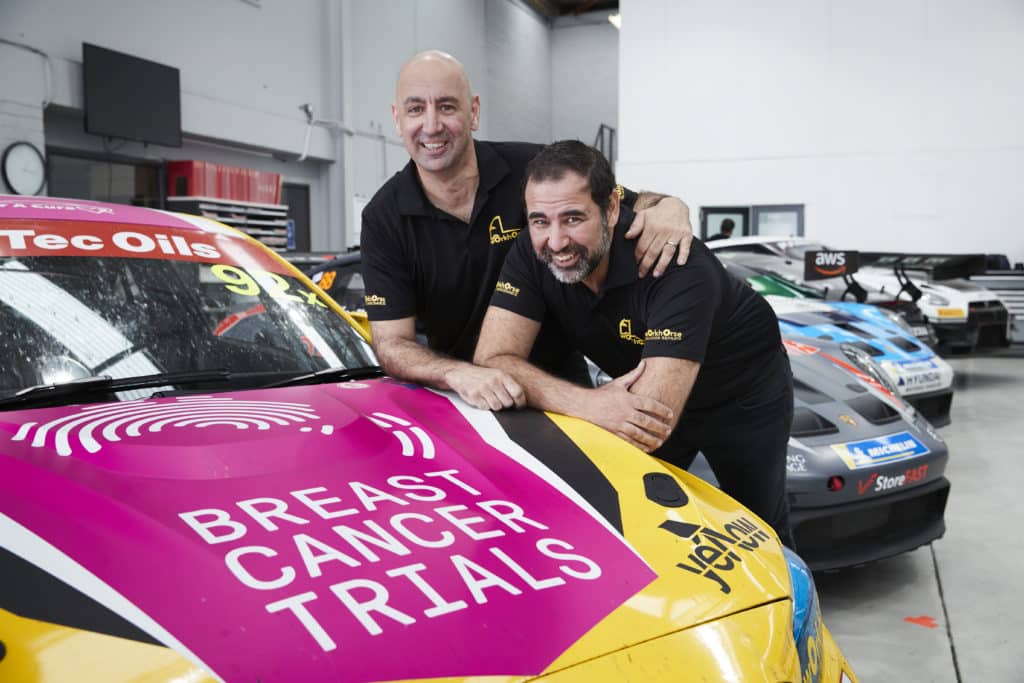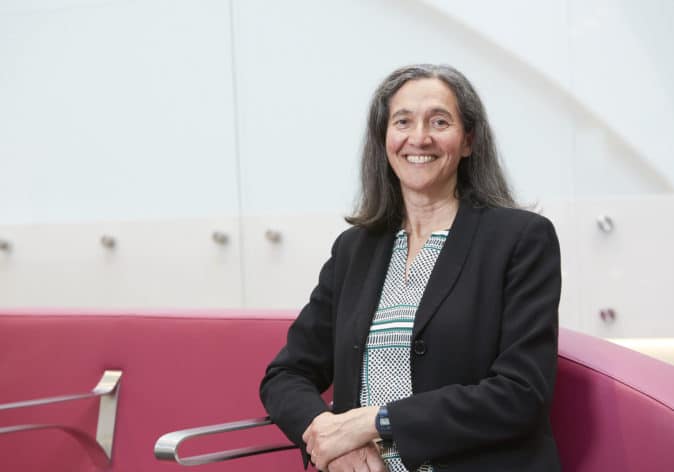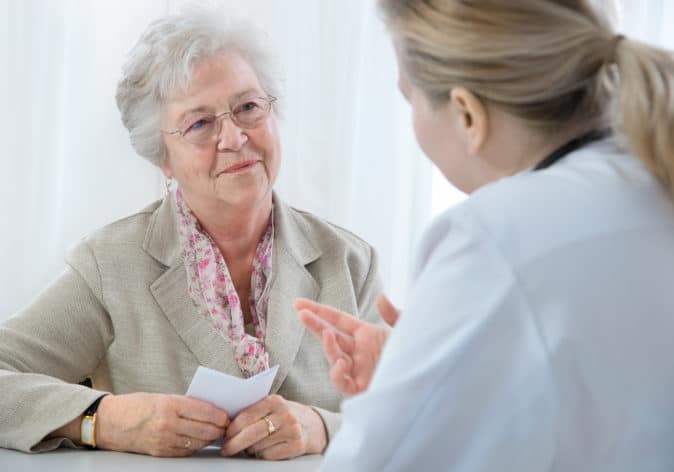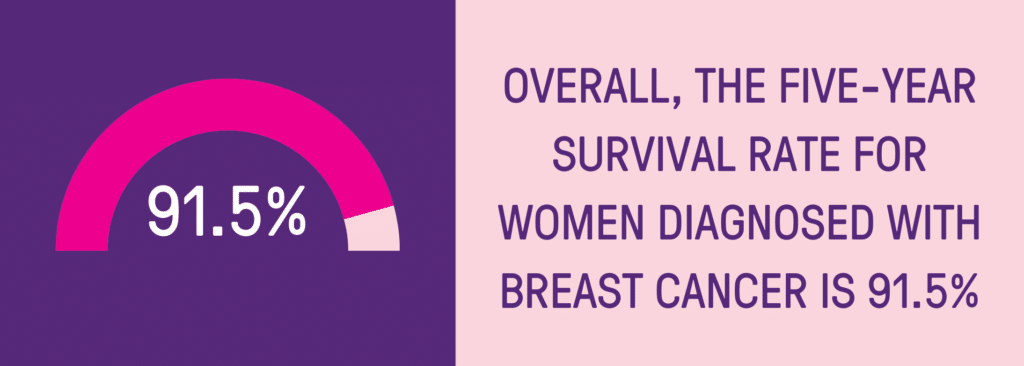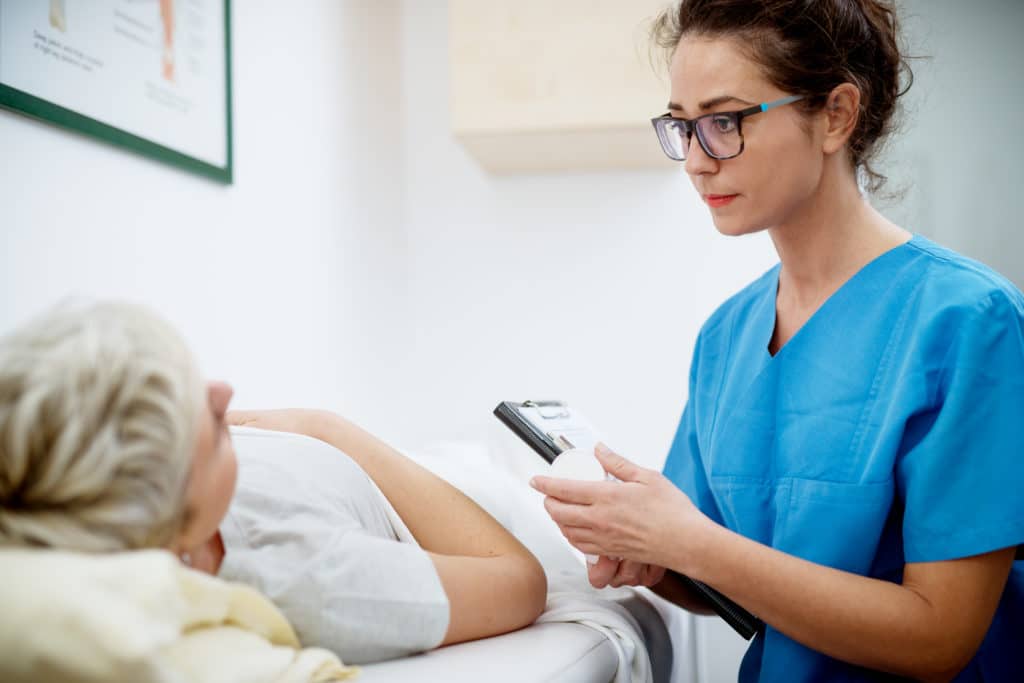Being Diagnosed with Advanced Breast Cancer
Madelaine Atkins was 50 years old when she was first diagnosed with breast cancer in 2008 after finding a small lump in her right breast.
Despite receiving chemotherapy radiation and having surgery to remove her right breast, unfortunately in 2011, Madelaine was diagnosed with advanced breast cancer in her lymph nodes, shoulder, and neck.
We spoke with Madelaine about her diagnosis, her decision to participate in the FINER clinical trial and her advice to other women who have also received a diagnosis.
“Hi, my name is Madeline. I am 64 years of age and in the fabulous year of 2008, I was diagnosed with breast cancer to my shock and horror. It was identified simply through a small lump in my right breast,” she said.
“I basically went to see the oncologist and we sat down, and we’ve done the usual mammogram and the related tests, and he identified that yes in fact I did have breast cancer in the right breast.”
“There were many therapies available to me at the time and I decided to switch it out and basically have my rounds of chemotherapy first, as I had it in my mind’s eye that I was still perfectly healthy. So, I covered all the rounds of chemotherapy.”
“I then had an operation to remove the right breast and the lymph node clearance, and then I opted for the radiation to catch any debris that may still be there,” she said.
“So it actually impacted on my life, and it changed my mindset and the way I looked at things, such as my health and also that life balance. Back then, I was very busy lady heavily involved in work. Work was my main focus and all of a sudden with the diagnosis, that grounded to a halt and I had to reassess my life.”
“The beautiful thing at that point in time was that there were wonderful therapies available to assist me. I participated in looking at different types of therapies, and one of the therapies that were selected was treatment with Amara, which I had great success with for a 10 year period.”
“It was at that time that I realized that previous patients had participated in trials for breast cancer to ensure that those therapies were available for me to use at that stage. So I was very grateful to know that those therapies were there to be had.”
“Unfortunately, in 2011 I was re-diagnosed with advanced breast cancer, and it had reappeared in my shoulder area and then up in my neck and my lymph nodes. It was then I searched for information with the guidance of my oncologist regarding what therapies were available that would best suit my situation.”
Listen to the Podcast
Madelaine Atkins was 50 years old when she was first diagnosed with breast cancer in 2008 after finding a small lump in her right breast. Unfortunately, in 2011, Madelaine was diagnosed with advanced breast cancer in her shoulder, neck, and lymph nodes.
Participating In The FINER Clinical Trial
Madelaine was diagnosed with advanced breast cancer in her shoulder, neck and lymph nodes.
“I was given information on the FINER clincial trial and I was very much interested after reading the information and what it involved, I also discussed that information with my family and friends. I decided to participate in it because I felt that it was the right thing for me to do in regards to the type of therapy that was available because it basically had a base drug and it also had a placebo too,” she said.
“So, it was a little bit of a mystery as to whether or not you’re getting the real trial drug. But at the end of the day you’re getting a base drug to make sure that you were being covered.”
The FINER clinical trial aims to find out if cancer will remain under control for longer in patients with advanced ER-positive and HER2-negative breast cancer.
Madelaine was offered a place in this study and didn’t hesitate to join.
“Luck happened for me when I was diagnosed in 2008. There were therapies available where I had an excellent quality of life for 10 years and now, I’m back at the same table with another issue, and I feel in my heart of hearts it’s time to look at participating in a trial for me and for others for the future. I feel that the FINER trial is best suited to me.”
“I heard about the FINER trial through my oncologist when I was diagnosed and my cancer had returned, and that it was being a little bit aggressive – naughty cancer that it is. We looked at options, different types of therapies on the table that would be suitable to me, but the one that caught my eye was the FINER trial and all the information was handed in written format.”
“We sat down and had many discussions and that gave me the opportunity to go away, digest the information, have those conversations with my family and ideally at the end of the day I made the decision to participate.”
“I have since been on the trial for approximately five months and my health and well-being have been absolutely fantastic, touch wood, and all of my reports are coming back absolutely wonderful. The doctors are very impressed and so am I. I’ve had that evidence, I get to see my reports, so everything’s transparent and I get to see what’s actually happening.”
“The beautiful thing is if I have questions or concerns my oncologist is always there, and I can approach him at any time. So, I felt very, very comfortable through the whole process and I encourage and urge every woman out there to think about at one stage participating in a trial if they have that opportunity.” she said.
“It’s a shock because it’s not something that you think about. It took the wind out of my sails to be very honest.”
The Importance Of A Supportive Care Team
Madelaine discussed the importance of having a supportive oncologist who listens to your concerns.
“Well, he has his serious moments because he’s a doctor. However, he also can keep the conversation quite light, and he’s been able to deliver information to me slowly and informatively so that I can understand it and take it on. That’s been a beautiful thing to have a doctor that has that care factor. He listens to my concerns and addresses them straight away, so I don’t have that opportunity to make things bigger than what they really are.”
“There’s one thing I’ve learned that is – worry about it when it happens. So, don’t think or take on board the stories that you hear from other people. You are unique, you are an individual person and it’s how you look at life, how you stay positive, who you surround yourself with and having that will to stand up and say, not today, I want to have quality of life.”
“So, you do whatever you need to do within reason of course, to maintain that quality of life and one of the things that is meaningful to me is participating on this trial. It’s given me the opportunity to give back for all those women previously who participated in trials,” she said.
“The medication today that I have, I say a big thank you to them, because it wouldn’t be at that stage that it is now. So we urgently need people to come along and consider the information and start to investigate by having those conversations with their oncologist and make those decisions as to whether or not they’d like to participate for the betterment themselves and their community at large, and for everybody else for the future of the world.”
“When I was diagnosed, I remember the endless crying and crying and then trying to justify that it was okay to cry. But I also remember thinking ‘if the little cancer kids can do it, so can I’.”
Madelaine’s Hope For The Future
Madelaine participated in a clinical trial for herself and for the greater good of all breast cancer patients.
“Well, I’d like to think that I’ve added value by coming along and participating in these podcasts and video sessions. I’ve had a very extensive proactive life, and I’ve been very blessed. But to do this is such an honour really because it allows me to give back and say thank you.”
“I’m just so happy that I’m here today to do that for you.”

